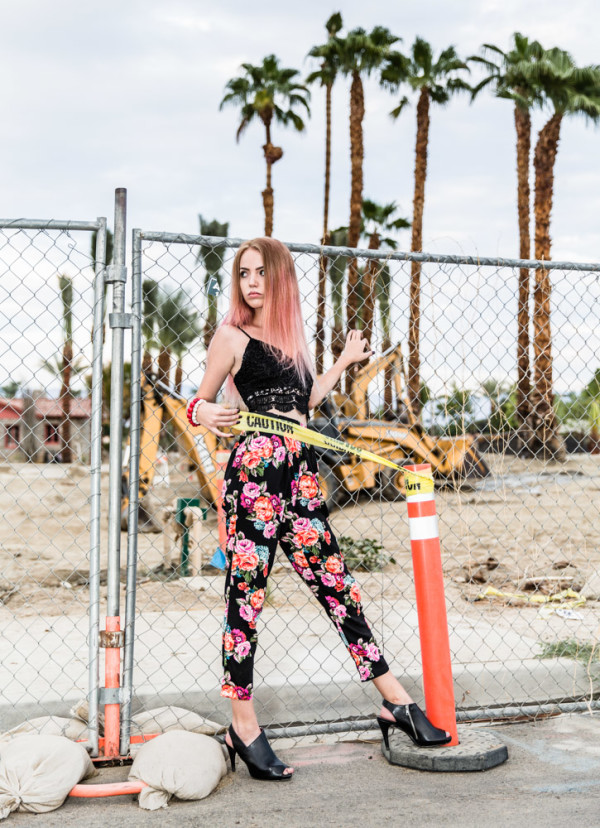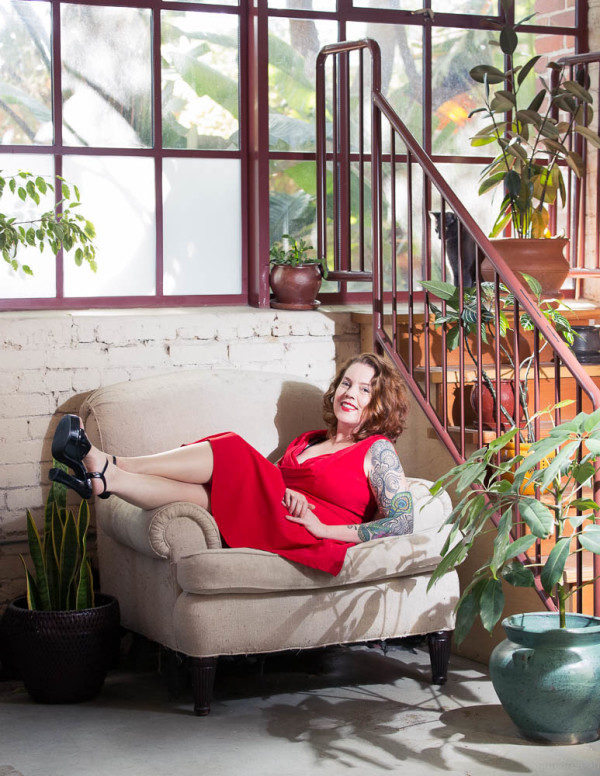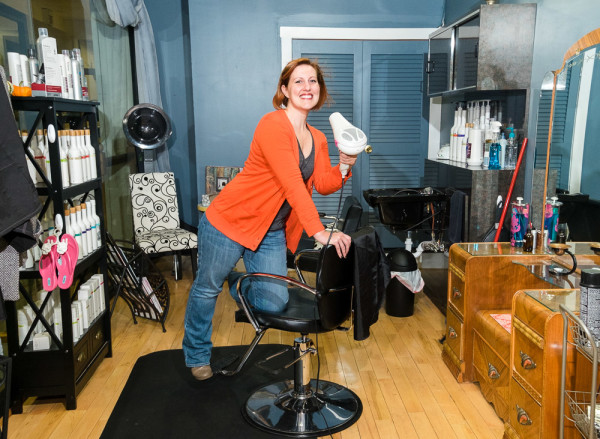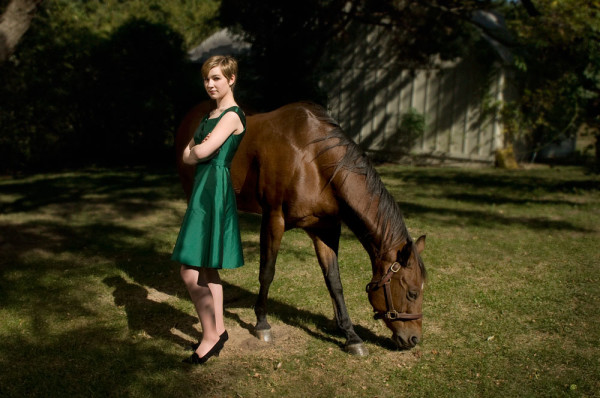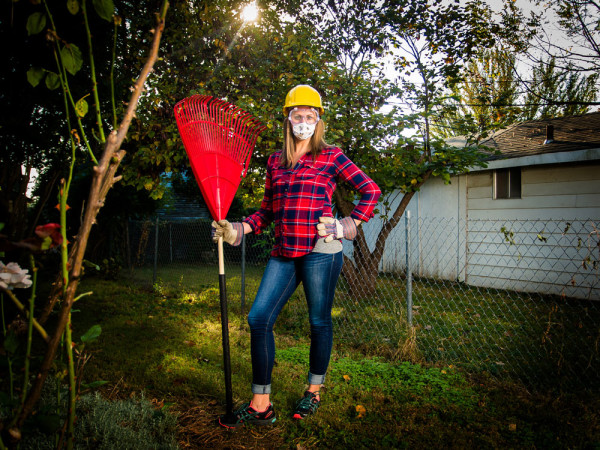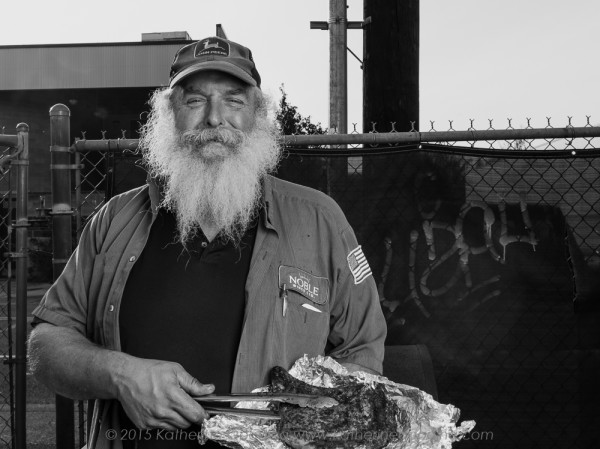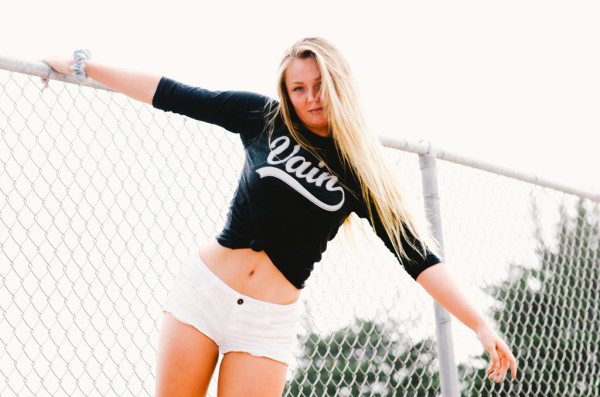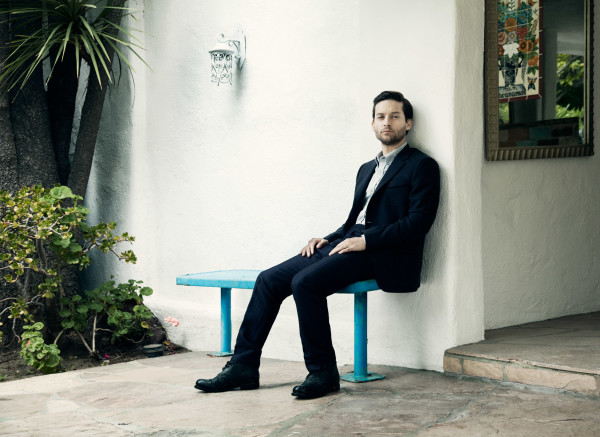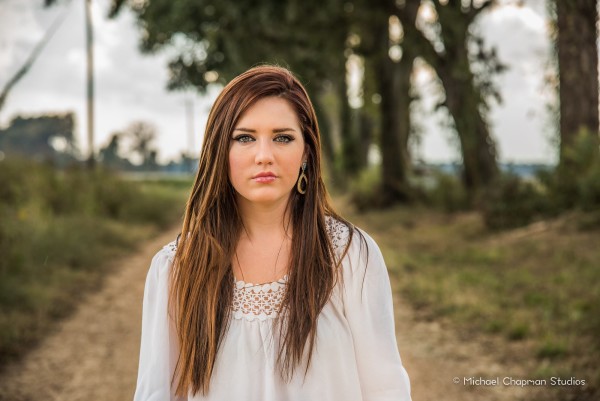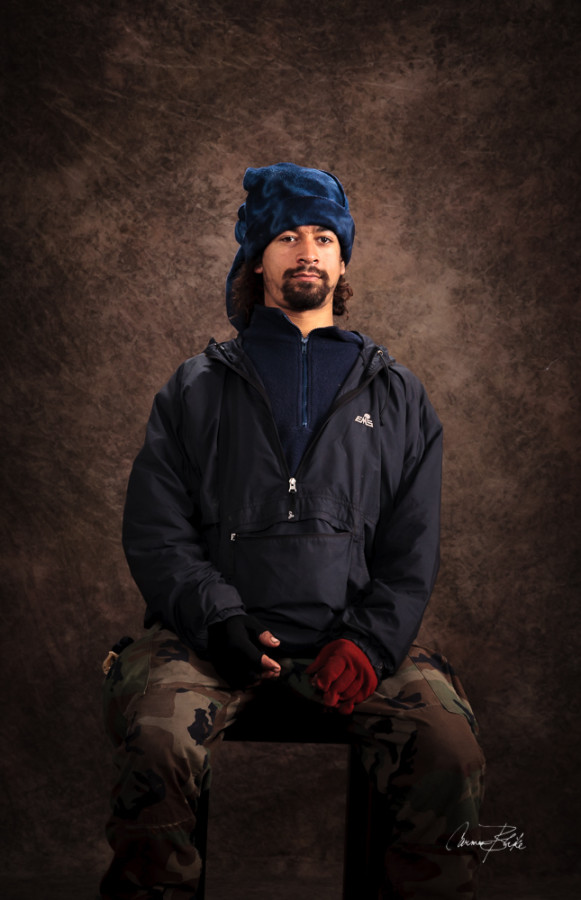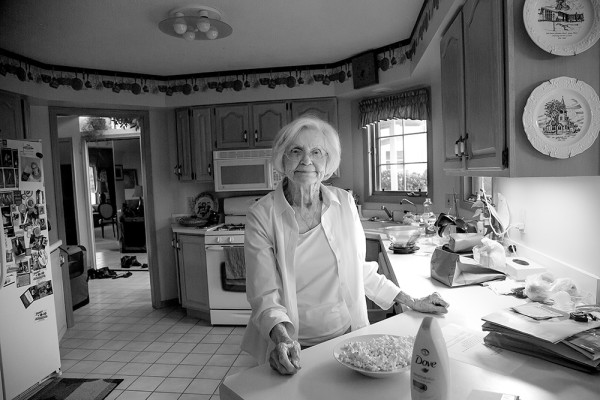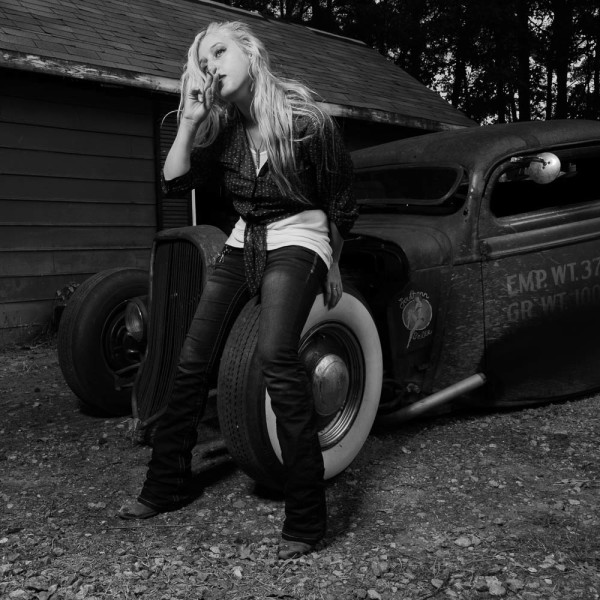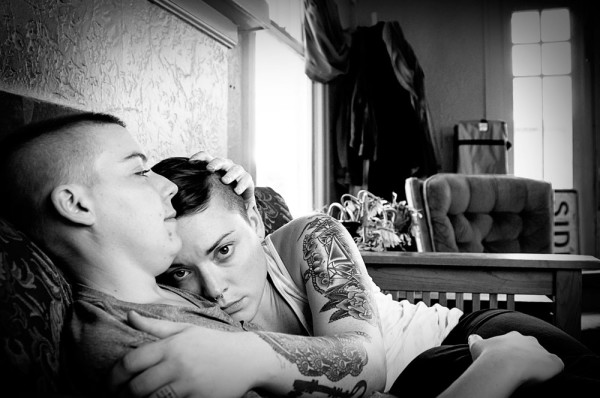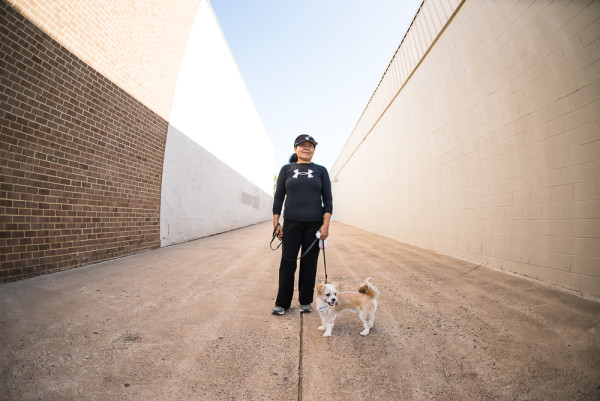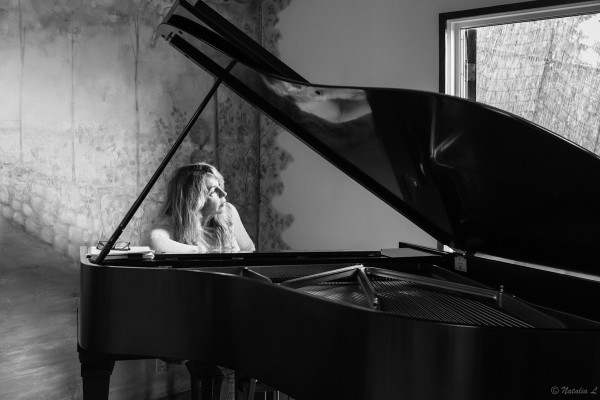WHAT WE CAN LEARN FROM STUDYING THE MASTERS
MUCH MORE THAN LIGHTING AND COMPOSITION - THAT'S FOR SUREIMAGE BY GLENN HARRIS AFTER STUDYING THE WORK OF ANDREW HETHERINGTON
I am just about full on my newest portrait class (starting November) and we have been discussing a lot of things in the current portrait class that has me thinking. Yeah, that can be sorta dangerous, but in this case I think I want to share a few things.
In today’s wacky, fast-paced, ‘just-show-me-how-it’s-done’ world there are those who want to skip the hard bits. Just jump on over the challenging and get right to the ‘good stuff’. And yeah, we have bemoaned this before.
But today, more than ever, it seems like what is missed is becoming the heart of what should be found. It isn’t difficult to learn about master photographers, and it doesn’t negate anyones talent to study and learn from them. On the contrary, the study of the masters, or even contemporary shooters who you enjoy, can open your eyes to your own work.
We don’t study in order to copy the masters, nor is there any desire on our part to become small clones of their style. At least there shouldn’t be. What we are looking for are the commonalities of making images, and the unique solutions others have found to make them.
Look – we can teach someone how to light fairly quickly, it isn’t hard. We can teach the ‘rules’ of composition, and how to color balance and all that stuff. It is pretty damned easy to teach and to learn.
But no one can teach someone how to see, how to make a photograph that transcends the snap and becomes something more. No one can teach vision, and style, and how to dig down deep to make something all their own.
We teachers can only lead the way, show them the direction and help them find it within themselves. Understanding what other artists do and achieve with the very same tools they use can open flood gates of creativity, and the always valuable introspection.
Simple, really. We study the art of others to help understand our own.
The students in the 8 Week Portrait Classes I have run this year have said things to me like;
“I never knew I could make photographs like this. Studying the work of Peter Limburgh opened me to a whole new way of approaching light.”
“Sarah Moon made me see photographs in a totally different way.”
“I have found a new love of portraiture after being immersed in the work of David Eustace, and I love it.”
It is so true… the photographers all saw major breakthroughs in their own work after studying these wide ranging master portraitists. This was probably the most exciting thing for me as a teacher.
Here are a few things we can learn from studying other photographers.
How to meet a challenge head on.
So many times shooting is just a set of challenges that seem to stack up against you at every turn. Understanding that other photographers have had those same challenges, and then learning how they dealt with them can give us fresh perspective on ways we can deal as well.
How to approach a subject in different ways.
The portraiture work of David Bailey is worlds apart from the portraits of Dan Winters, and yet there is something to be gleaned from both. Whether you like one or the other more, studying the way they use light to shape and present the subject is fascinating. You may choose another path altogether, but you do it knowing what you are doing, and how to do it your way.
You get to step into the mind of another shooter… and that helps you grow.
When you study, or immerse yourself in the work of another photographer, you can start to see how that photographers sees, how they approach a visual challenge, how they choose to use – or not use – context. This can help you make decisions when you face the same challenges. Decisions that are uniquely yours, but derived from the visual legacy of a master.
The more you THINK about making a photograph, the better your photography can become.
In the workshops we strive to immerse ourselves in the work of master photographers. Some of the students decide they want to create a lighting scheme that is as complex as a master they are studying, while others try to find the essence of the work and then integrate some of it into their own style pallets. Both are excellent tools. And both help the photographer hone their craft faster because as you raise the camera up to your eye, you start to question the process based on the photographer you are studying. And that exercise is so very valuable. It creates patterns that will stay with you for the rest of your photographic career. THINKING about the photograph.
Freedom from sameness.
Yes… freedom. We get in a rut sometimes. We begin to think that Facebook and Flickr and G+ are arbiters of our own style and aesthetic and nothing could be further from the truth. Studying the work of photographers who are creating masterful images can lead to the discovery that you can make any kind of images you want to make… as long as they are authentically yours. And the freedom to make YOUR image can many times come after studying someone else who claimed their freedom, and then took it to levels unimagined for most of us.
I love teaching these classes, and we will resume in January. Currently we have three portrait classes; two are general approaches to stylized portraits, and one is focused on the environmental portraitist. I may add a studio section, but probably not. I am thinking that I could switch out a few photographers in the other classes and add a few new ones to the mix.
For more information on the last class of the year, go to this page.
Here are a few of the portraits to come out of the current 8 Week Portrat Class:

